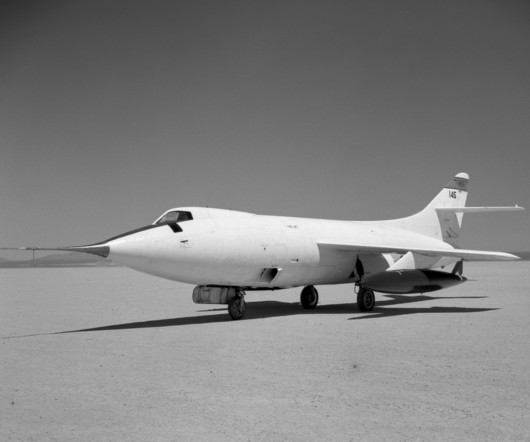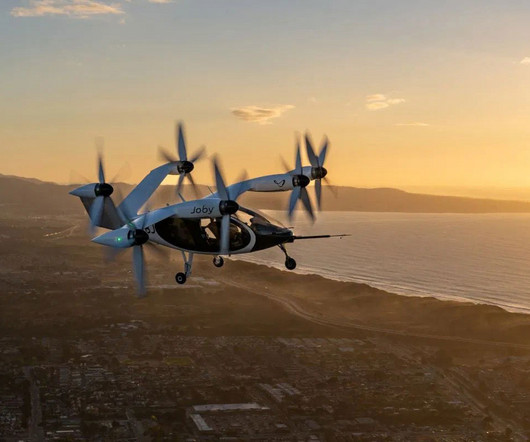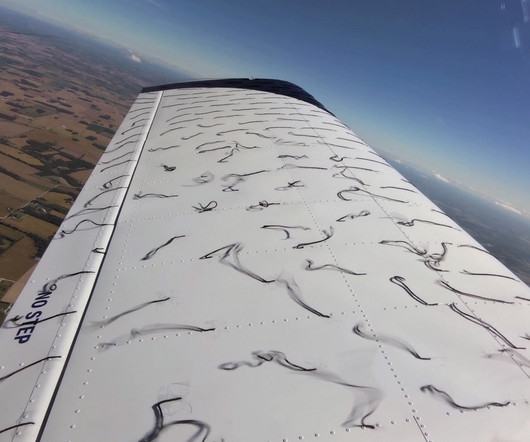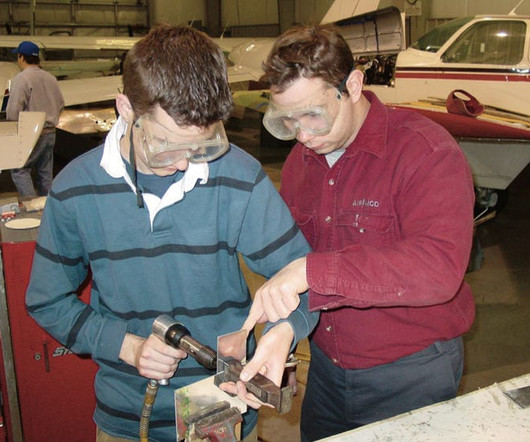Wingtip Vortices and Wake Turbulence
Pilot Institute
MARCH 28, 2025
The exhaust coming out of aircraft engines looks pretty dangerous, generating huge amounts of thrust and pushing back tons of hot air. When air flows over the aircraft wing, the shape of the airfoil creates low pressure above the wing and relatively higher pressure below the wing. This is called lift. Why is this important?






















Let's personalize your content